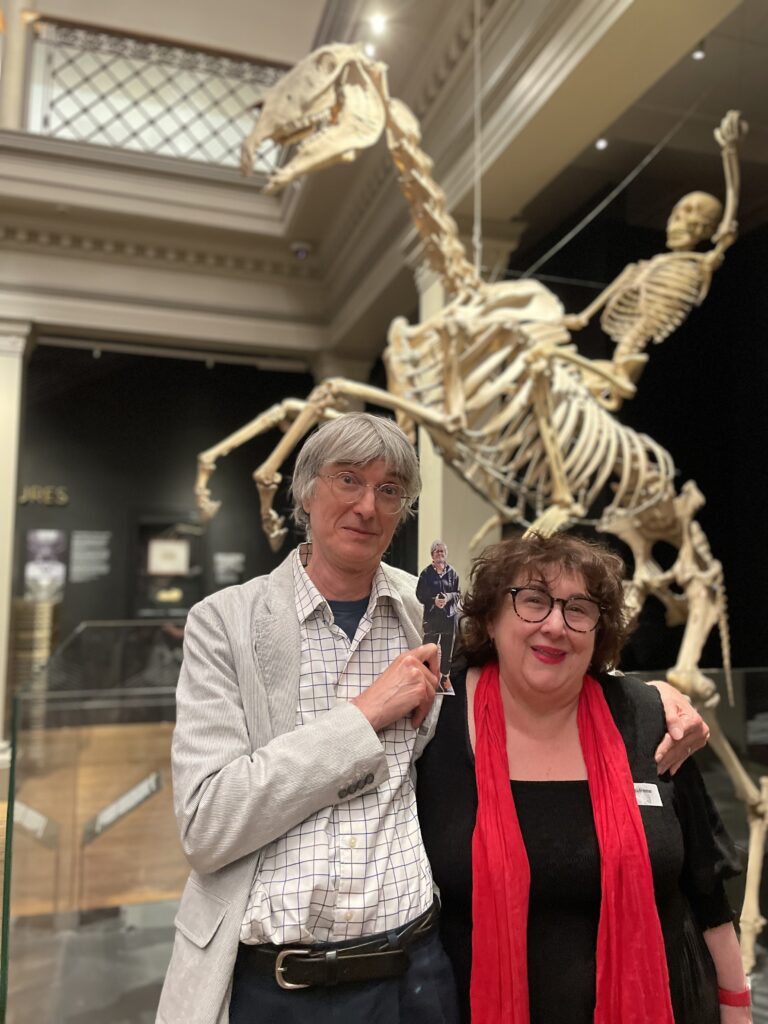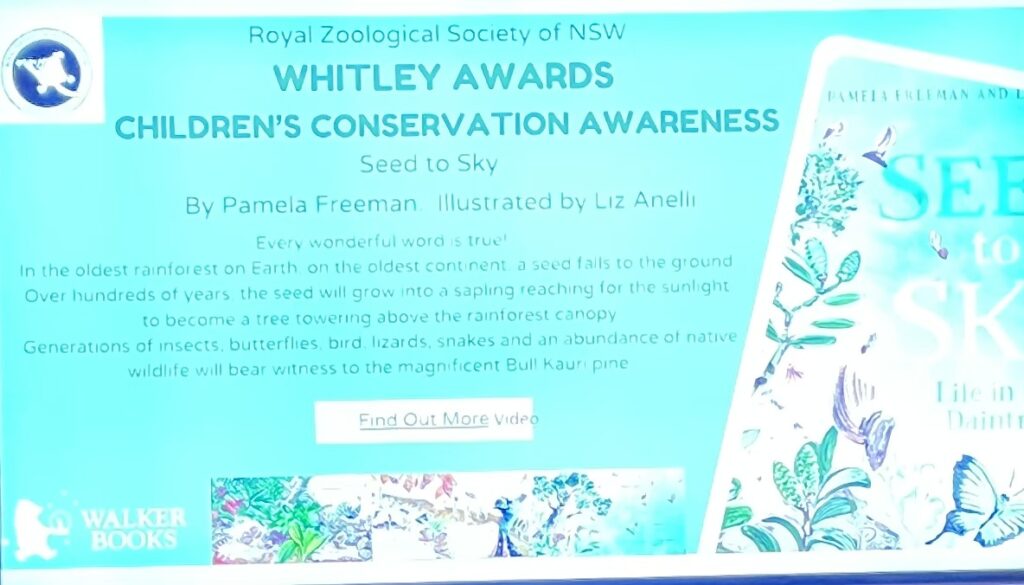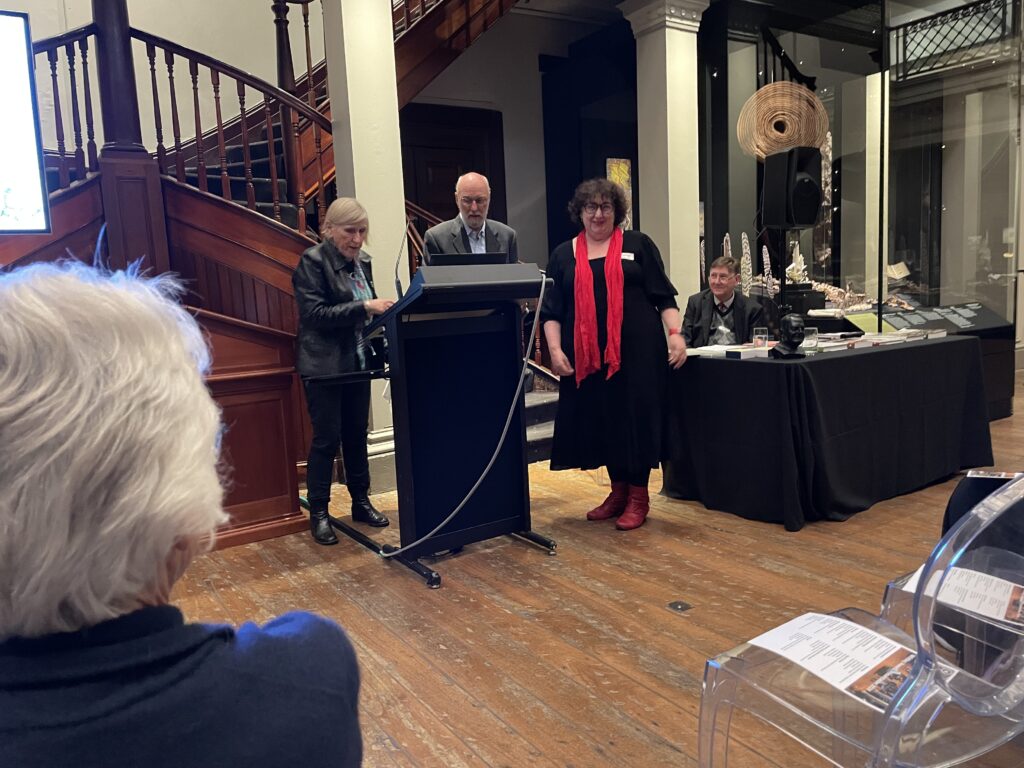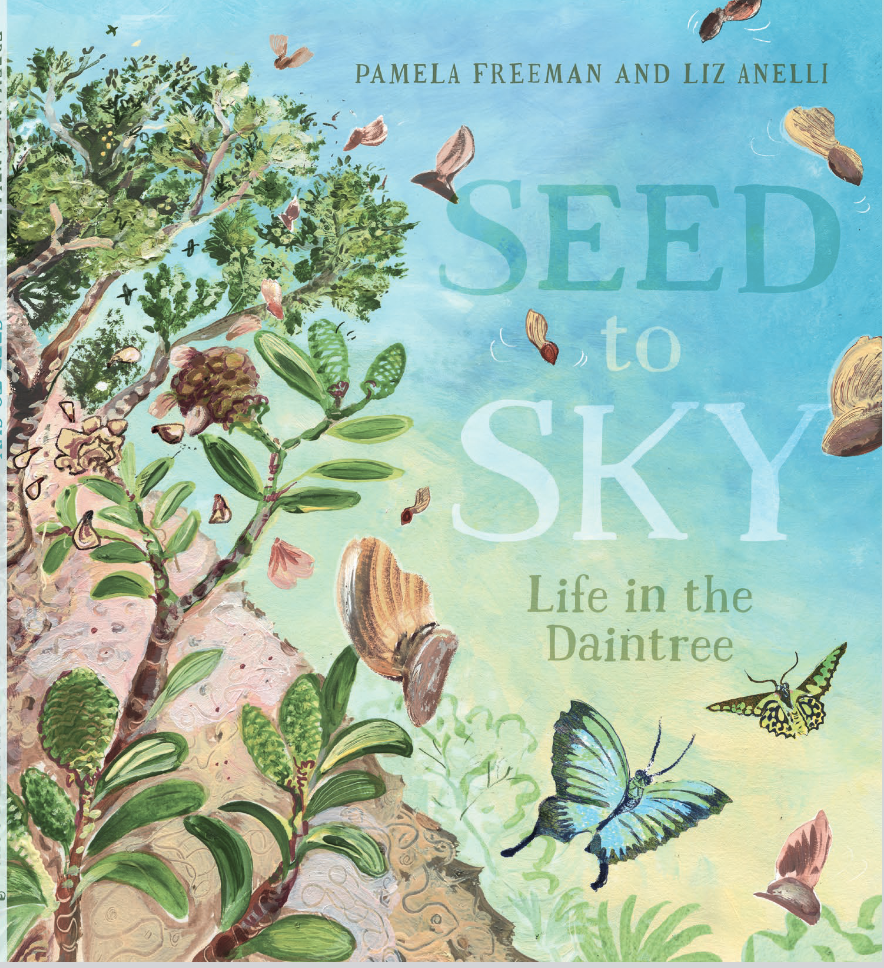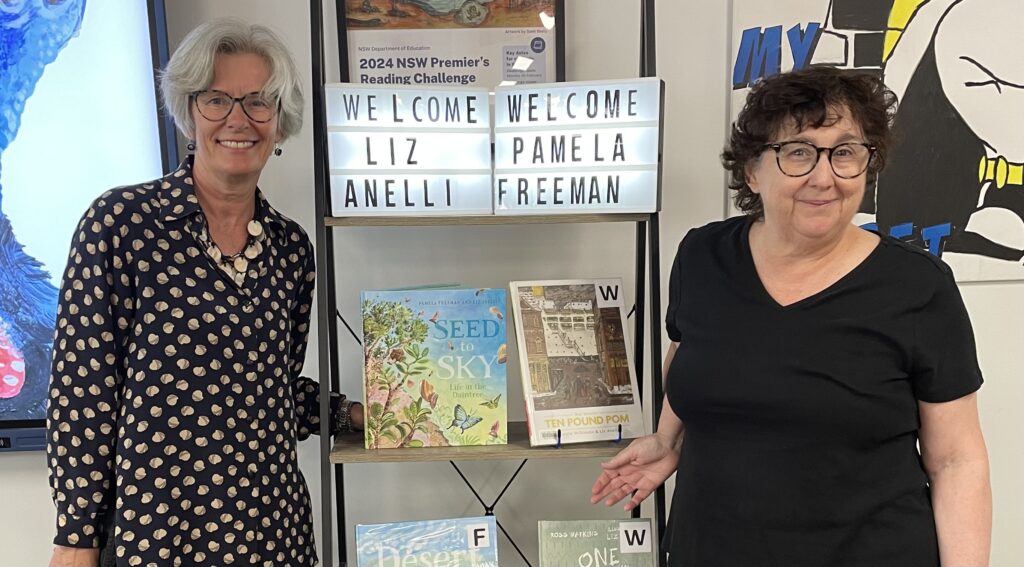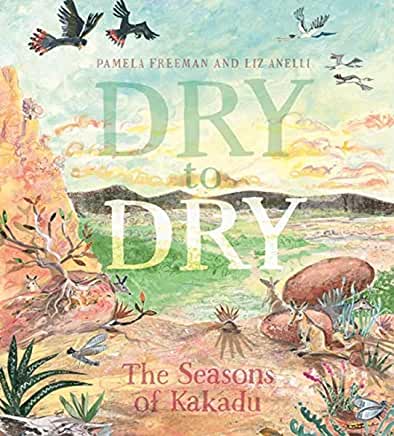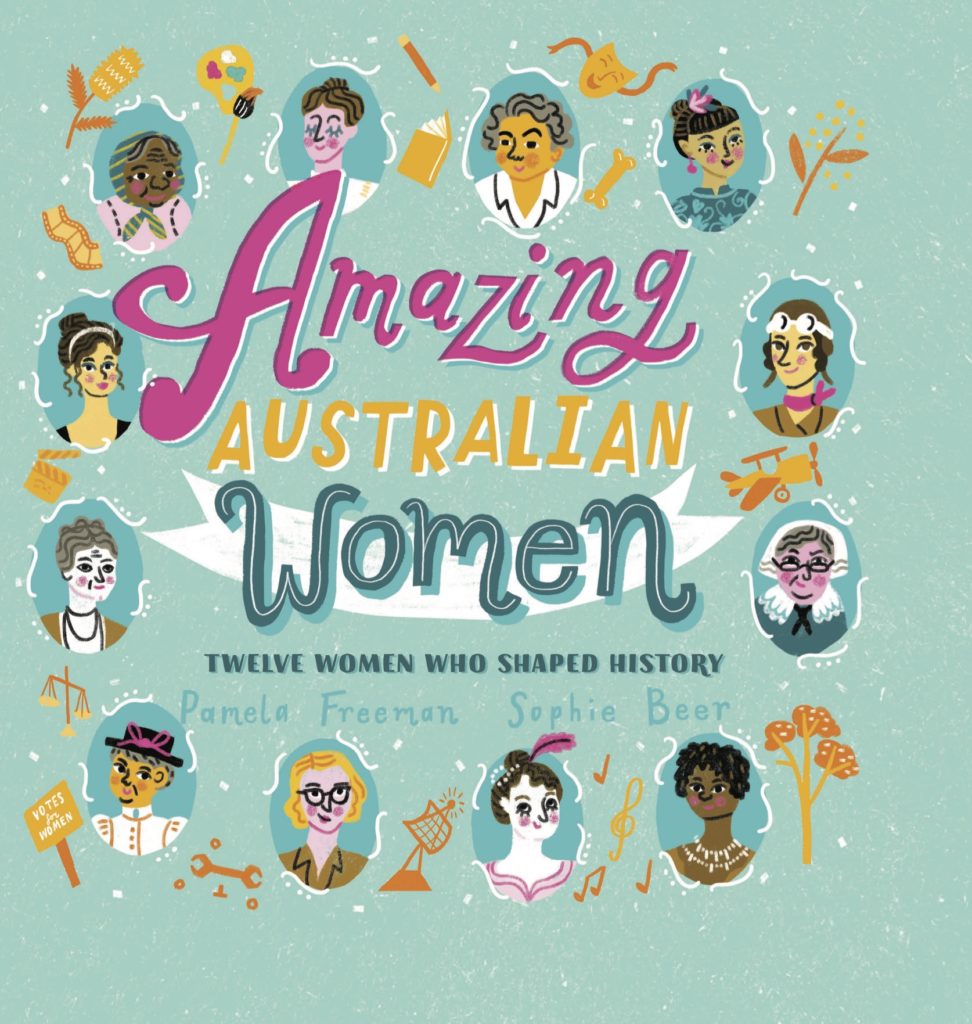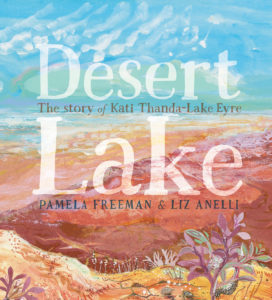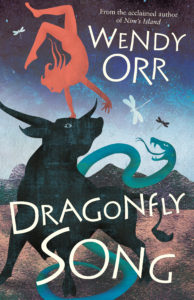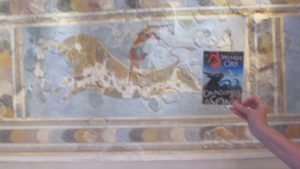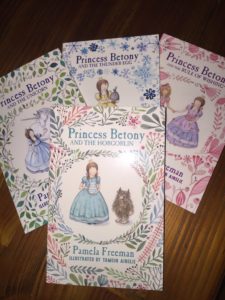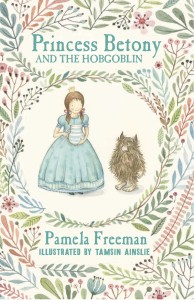Yesterday I received my advance copy of The Soldier’s Wife.
The actual book. Here it is.
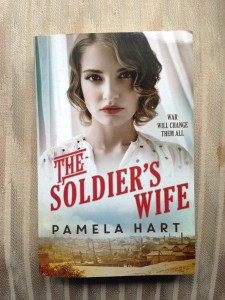
I’d had an ARC (advanced reading copy/proof copy) for a couple of months, and it was exciting to get that. But it wasn’t the Real Thing.
I was so excited and happy to take the Real Thing out of its wrappings and clasp it to my heaving bosom. There may even have been a tear in my eye. I did The Happy Dance. For a long time, because this book, although my 28th, feels like it’s my first. It’s a new genre, a new audience and therefore a big risk for me. There’d been various bumps along the road, too, so I am particularly pleased to see it all come to fruition (available 28th April, just saying).
But this big emotional reaction got me to thinking about The Book.
The first time I ever received an advance copy, it was for my first children’s book, The Willow Tree’s Daughter. I was living alone at the time, and I had no one to show it to. That was what I wanted more than anything else – to show it off. (Naturally, yesterday I got on Facebook and Twitter immediately, but in those long ago days, the interwebs weren’t very webby).
I rang everyone I knew. It was a Thursday night, and for some unknowable reason, everyone I knew was out. Everyone. Even my parents, who never went out on a weeknight!
I felt so buoyed up, so full of something greater than I was, and overwhelmingly grateful, so I decided that I should go to St Mary’s Cathedral and, effectively, show God and say Thank You.
So, being a Sydney girl, I went to St Mary’s Cathedral. By the time I got there, though, it was shut. So there I was, standing outside the barred gates to paradise, with a book in my hand and nowhere to go, still floating and filled with a sense of being uplifted, out of my normal life.
I went to The Gap. If you’re from Sydney, you’re probably laughing now, because The Gap is where people go to kill themselves by flinging themselves off a cliff onto the rocks below.
You might think, not the place to go to be grateful.
But it’s an extraordinary place, as fierce and untamed as you can get in a city, and it was a wild, windy night, so I went to The Gap and stared out at the darkness and felt the salt spray on my face and put all the huge, buoyant excitement into the night and the ocean, because they were big enough to take it.
And the thought that was so big it needed Nature or God to envelope it was: I was an author.
What I mostly thought was: There it is. It is a book. A real book,with my name on it. I am an author and no one can ever take that away.
Twenty-seven books later, I still feel the same way, about every book. A mixture of pride, amazement, gratitude and excitement (and maybe a touch of hubris).
And I’m kind of ashamed to admit it, but I suspect I would’t be as excited by an e-book.
My publishing contacts say that e-books have plateaued at around 25% of sales. But some books, notably mid-list romance and speculative fiction novels, will only be published as e-books, as the readers of those genres have enthusiastically taken to e-readers.
So possibly, if I continue to write fantasy as well as historical fiction (and I will, I’m pretty sure), it may be that book number, say, 35, will be an e-book.
Now, I’ve been heard to say to my students that I don’t care if people buy the hard copy of my book or the digitial version, and that’s true. What I want is readers. Lots and lots of readers! And I get paid as much – or more – for the e-book. I’m coming to realise that what I really mean is: I don’t care which they choose as long as they have a choice. As long as I have that book to hold in my hand, to clutch to my heaving bosom, to put on my shelf.
I’m not saying that signing a contract for an e-book wouldn’t be satisfying or exciting. It would be. But I doubt that I’ll ever be driven to The Gap by a download, even if it’s got a great cover.
Now, the odd thing is – I prefer to read digitally. Especially fantasy and science fiction. Yep, I’m one of those people who’ve pushed hard copy books out of that genre. So I’d like to say ‘Sorry’ to any author who gets an e-book only contract. Really sorry.
And I hope you get as much excitement out of seeing your book up on Amazon as I do getting a hard copy in my hand.
